Have you ever wondered how a normal-looking breast cell turns into a dangerous malignancy? The transition from a normal cellular state to a malignant tumor is complex and impacts millions of women worldwide. Understanding how breast cancer starts is not only an interesting scientific endeavor but also critical to prevention, early detection, and effective treatment.
Breasts cancer is not a spontaneous condition but is a continuous condition that usually begins with insignificant genetic changes that are occultive without sophisticated testing. Therefore, such alterations may depend on many factors including heritable genetic susceptibility as well as modifiable lifestyle factors. Learn more about the causes, symptoms, and treatment of breast cancer here. This research study will therefore explore the etiology of breast cancer by focusing on breast anatomy, establishing the causes of genetic changes in relation to oncogenesis and alterations at the cellular level contributing to unregulated cell division. In addition, common subtypes of breast cancer are discussed along with important determinants of risk factors along with a thrust towards earlier diagnosis.
As a result, let us start this enlightening journey to discover the complex mechanisms associated with how breast cancer starts. Understanding the etiology of this disease represents the first step toward our preparation and that of others to face this common disease.
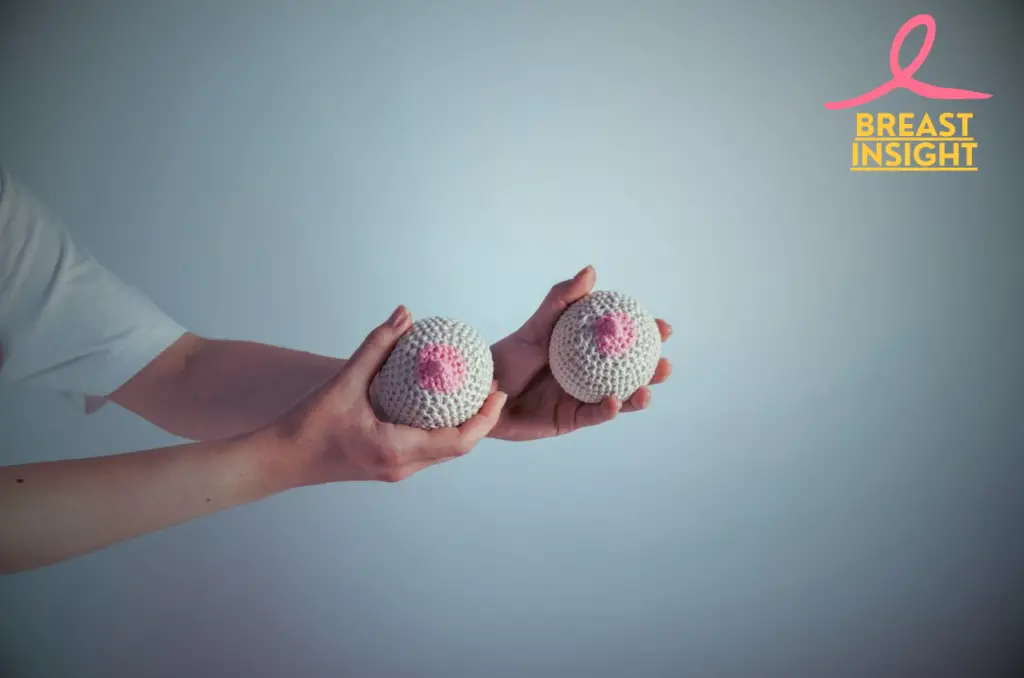
Understanding Breast Anatomy
A. The anatomy of the breast
The breast is a complex organ made up of different tissues, each playing an important role for the whole. The basic components include:
- Lobules: Milk-producing glands
- Ducts: Tubes that carry milk from lobules to the nipple
- Stroma: Connective tissue surrounding lobules and ducts
- Adipose tissue: Offers structural support and influences breast dimensions.
| Breast Component | Primary Function |
| Lobules | Milk production |
| Ducts | Milk transportation |
| Stroma | Structural support |
| Fatty tissue | Shape and size |
B. Classification of Breast Cells
Understanding the types of cells found within the breast is important to know how breast cancer starts:
- Epithelial cells: line the ducts and lobules.
- Myoepithelial cells: Surround epithelial cells and facilitate the ejection of milk.
- Stromal cells: Provide the fundamental tissue structure of the breast.
C. Influence of hormones
Hormones are involved basically in the growth and functionality of the breast.
- Estrogen: Promotes ductal and lobular development.
- Progesterone: Promotes differentiation of milk-secreting cells
- Prolactin: Initiates milk production and sustains it.
Such an influence of these hormones in the development and progression of breast cancer underscores the importance of hormone receptor status in both diagnosis and treatment. Explore the hidden effects of breast cancer and how it can impact overall health here.
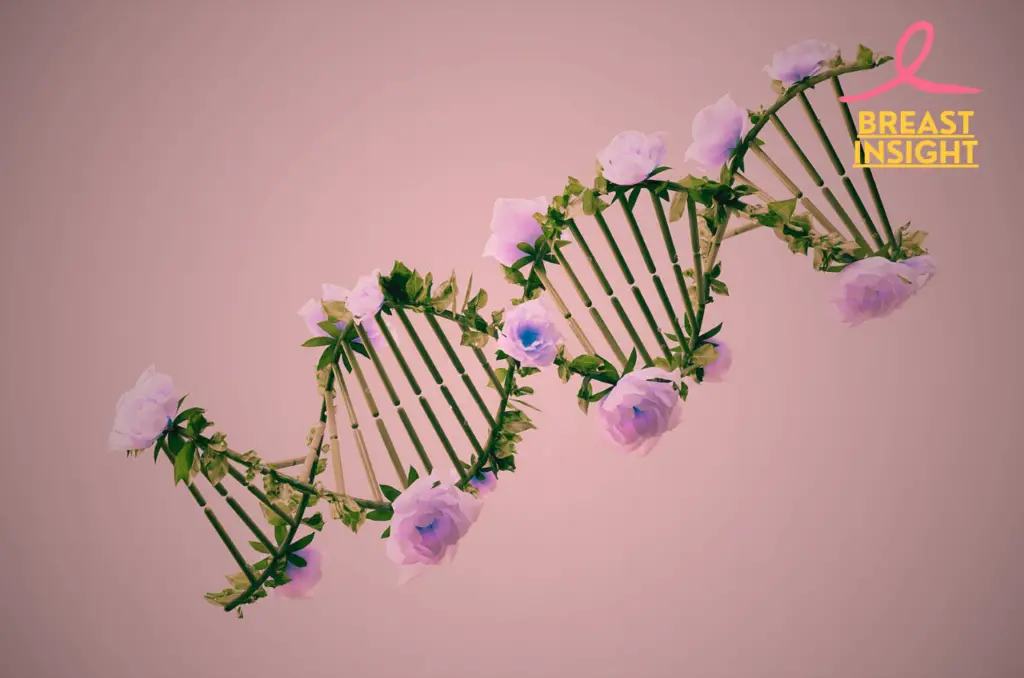
Genetic Factors Causing Breast Cancer
While many factors predispose to breast cancer, the genetic aspects significantly contribute to the occurrence. As such, understanding genetic factors will enable individuals to assess their susceptibility and make informed decisions in practices for both prevention and screening.
A. Inherited gene mutations
Inherited genetic mutation explains about 5-10 percent of the incidence rate of breast cancer. Most inherited mutations are passed along by parents to their off springs and increase the probability of developing breast cancer.
B. The BRCA1 and BRCA2 genes
Most identifiable high-risk causal genes involve a known type, such as BRCA1 and BRCA2. Changes within such a pair can dramatically raise a carrier’s lifetime chance of contracting the malignancy.
| Gene | Breast Cancer Risk by Age 70 |
| BRCA1 | 55-65% |
| BRCA2 | 45-55% |
C. Other high-risk genes
While BRCA1 and BRCA2 are the most common, other genes can also increase the risk of breast cancer:
- PALB2
- TP53: associated with Li-Fraumeni syndrome
- PTEN: associated with Cowden syndrome
- CDH1: is linked with hereditary diffuse gastric cancer
D. Genetic testing options
For those with a family history of breast cancer, genetic testing may provide considerable information about their likelihood of contracting the disease. Options include:
- Single-gene testing
- Multi-gene panel testing
- At home kits for genetic testing (but some professional guidance advised)
This information will then help assess individual risks and guide informed decisions about preventive interventions as well as screening schedules. Discover how advancements in genetic understanding have contributed to declining breast cancer mortality rates here. Next, we will talk about what cellular changes cause breast cancer.

Cellular Changes That Cause Cancer
DNA Damage and Mutations
DNA damage and mutations are mainly the first steps that cause an initiation in breast cancer. This might be as a result of many causes or factors like inherited genetic disposition, environmental exposures, and random errors in cell divisions. When DNA repair mechanisms can’t correct these mutations they continue to accumulate and stimulate abnormal behaviors among cells.
Uncontrolled cell growth
As mutations accumulate, they can impact genes that regulate cell growth and division. This may lead to uncontrolled cell proliferation, a characteristic of cancer. Cells have built-in controls that limit their growth and induce programmed cell death, or apoptosis, when appropriate. Cancer cells often avoid these controls, leading to rapid and unchecked multiplication.
Development of Tumors
The uncontrolled growth of abnormal cells eventually leads to the formation of tumors. These cell masses can be benign (non-cancerous) or malignant (cancerous). Malignant tumors have the ability to invade surrounding tissues and metastasize to other parts of the body.
Phases of Cancer Progression
Breast cancer often progresses in several stages:
| Stage | Description |
| 0 | Non-invasive, confined to milk ducts or lobules |
| I | Small, localized tumor |
| II | Tumor growth and possible lymph node involvement |
| III | Larger tumor with more extensive spread |
| IV | Metastatic cancer that has spread to other organs |
Understanding these cell alterations is what forms a good strategy for either preventing the condition or a form of treatment. For individuals undergoing diagnostic procedures like a breast biopsy to determine the stage or type of cancer, here are six helpful tips to stay calm during the process. It will therefore be crucial to see how such changes may eventually cause a more common type of breast cancer.
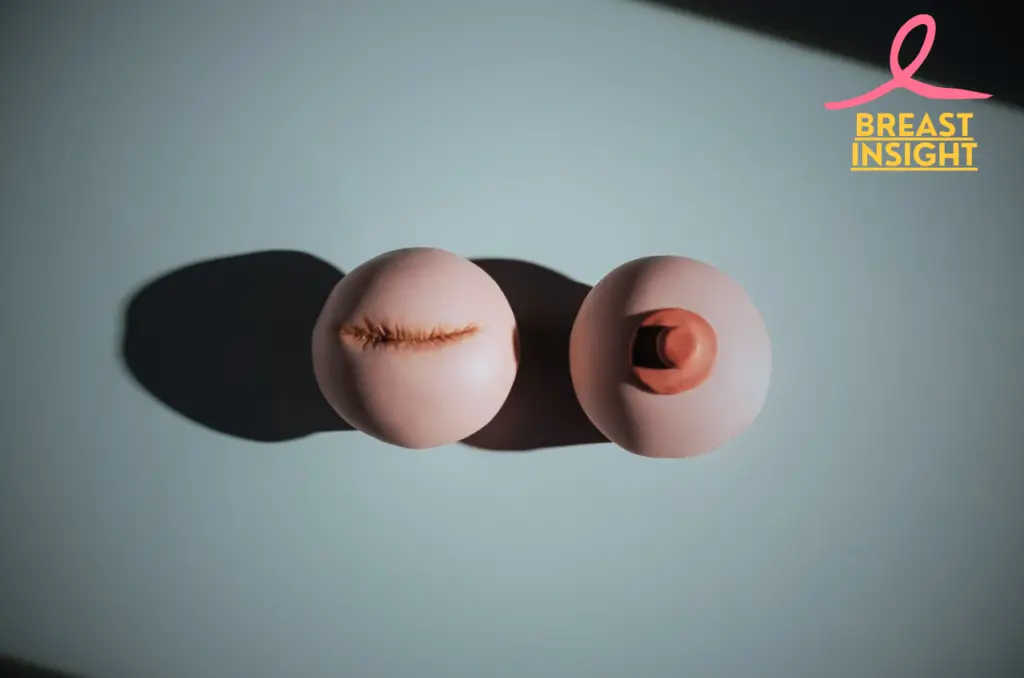
Common Types of Breast Cancer
Understanding the classification of breast cancers is important to provide the right diagnosis and treatment. The following pages are about more common types:
A. Ductal carcinoma in situ (DCIS)
DCIS is a non-invasive breast cancer that stays within the milk ducts. It’s often detected through mammograms and is considered highly treatable.
B. Invasive ductal carcinoma (IDC)
This is the most common type, accounting for approximately 80% of cases. The disease starts within the milk ducts and then progresses to other tissue of the breast.
C. Lobular Carcinoma
Lobular carcinoma originates in the lobules, which are essentially small portions of the milk-producing glands. It could be in situ and therefore contained within the lobules, or invasive. Detection often includes mammograms and MRI scans to capture more nuanced imaging. If you’re considering breast MRI for diagnosis, here are six essential insights into its benefits and limitations.
D. Inflammatory breast cancer
This is one of the rare yet highly aggressive types of breast cancer diagnosed through swelling, redness, and an orange peels texture of the breast dermis.
E. Triple-negative breast cancer
This subtype lacks receptors for estrogen, progesterone, and HER2, which makes treatment choices, including targeted therapies, quite challenging.
Compare the following types of breast cancers:
| Type | Origin | Invasiveness | Detection | Prognosis |
| DCIS | Milk ducts | Non-invasive | Mammogram | Excellent |
| Invasive ductal | Milk ducts | Invasive | Mammogram, physical exam | Varies |
| Lobular | Lobules | Can be both | Mammogram, MRI | Generally good |
| Inflammatory | Lymph vessels | Invasive | Physical exam, imaging | Poor if untreated |
| Triple-negative | Various | Invasive | Mammogram, biopsy | Challenging |
Understanding these categories is important in tailoring the treatment strategy. We shall thus discuss the risk factors which might contribute to the causation of breast cancer.
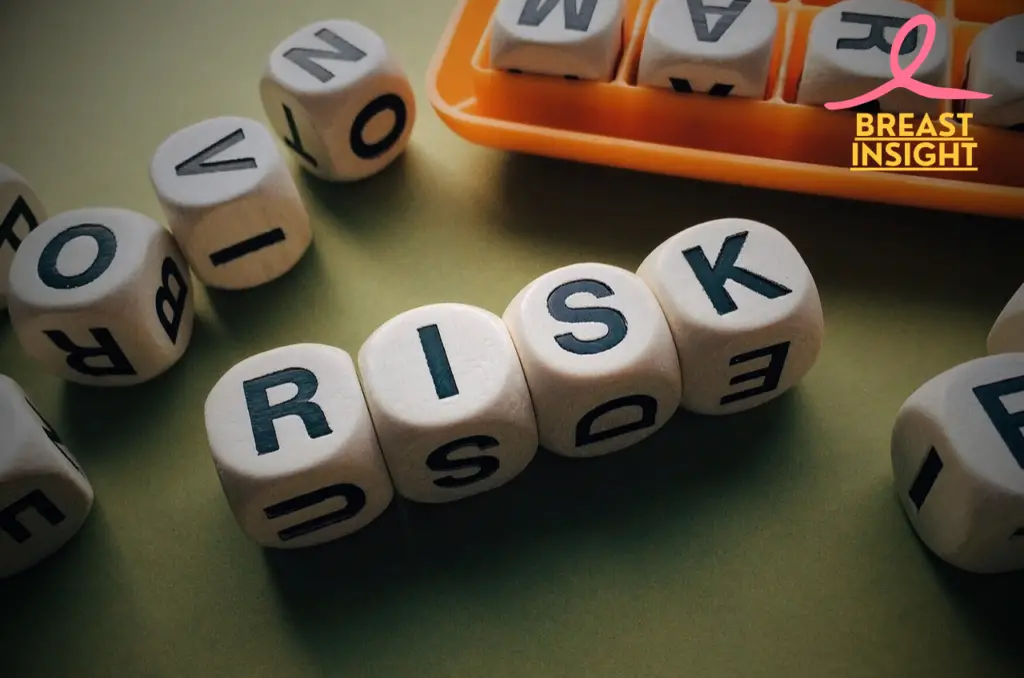
Risk Factors for Breast Cancer
Understanding the risk factors of breast cancer will help in its early detection and preventive measures. Though some are fixed, others can be changed to reduce the risk.
Age and Gender
Age and gender play significant roles in breast cancer risk:
- Women are 100 times more likely to suffer from breast cancer than men.
- Risk increases with age, most diagnoses occurring after 50 years of age.
| Age Group | Risk of Developing Breast Cancer |
| 30s | 1 in 227 |
| 40s | 1 in 68 |
| 50s | 1 in 42 |
| 60s | 1 in 28 |
Family Background
Genetic factors are responsible for causing around 5-10% of breast cancer cases:
- Having a first-degree relative with breast cancer doubles the risk.
- BRCA1 and BRCA2 mutations cause significantly increased lifetime risk.
Lifestyle Factors
Several lifestyle choices can influence breast cancer risk:
- Obesity, especially post-menopause
- Lack of adequate exercise
- Excessive alcohol consumption
- Smoking
- Extended therapy with hormone replacement
Environmental Exposures
Environmental factors may also play a great role.
- Radiation exposure, especially at a young age
- Certain chemicals in plastics and cosmetics
- Employment at night hours (possibly due to sleep deprivation)
Understanding these risk factors will guide individuals in making wise decisions on screening and lifestyle choices. Some of them, such as age and genetics, are unavoidable, while others may be modifiable and possibly reduce the risk of breast cancer. For more on early detection, see how diagnostic mammograms can save lives.
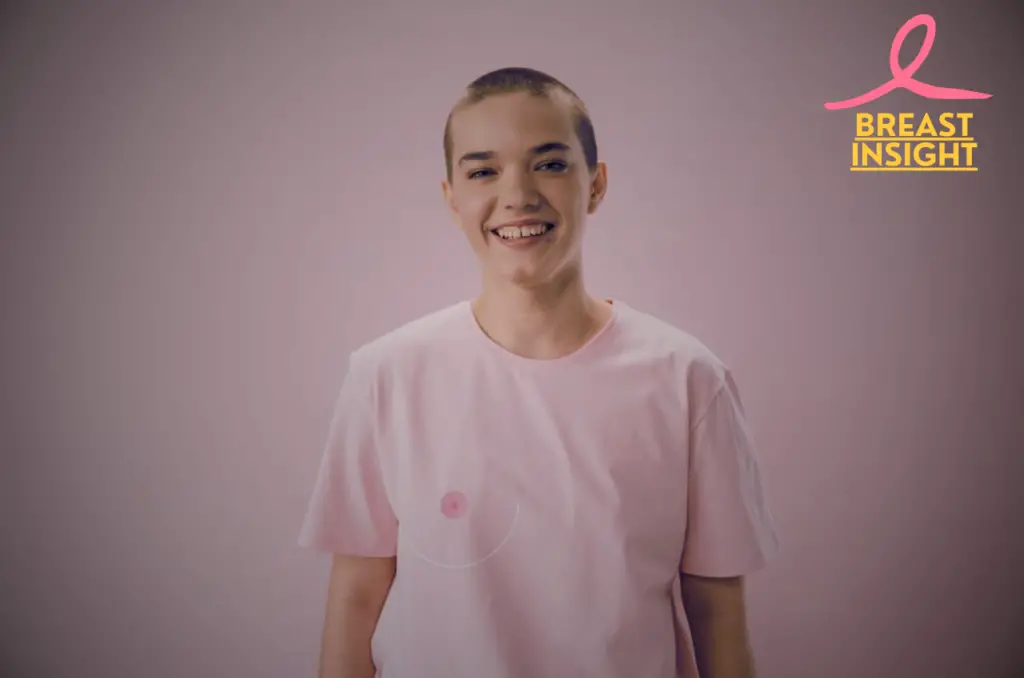
Early Detection and Screening
Early detection of breast cancer is one of the most important ways to control the disease. Regular checkups can identify developing issues before they worsen, thus improving the treatment outcome and survival chances.
A. Self-examinations
Breast self-exams are an essential part of early detection. Here’s a simple guide:
- Visual examination: Check for any alteration in size, shape, or color.
- Manual examination: Palpate for masses or abnormality.
- Frequency: Do on monthly basis, preferably post-menses.
B. Clinical breast examination
Clinical breast exams performed by trained health-care providers are more detailed. It usually includes
- Visual and tactile examination
- Summary Review of alterations or concerns
- Suggestions for further testing, if needed
C. Mammography
Mammograms are x-rays of the breast that can catch abnormalities before they become palpable. Consider the following:
| Age Group | Recommended Frequency |
| 40-44 | Optional annual screening |
| 45-54 | Annual screening |
| 55+ | Biennial or annual screening |
D. Alternative imaging modalities
In women with high risk factors or dense tissue in the breast, other tests may also be advised:
- Breast ultrasound
- Breast MRI
- 3D mammography (tomosynthesis)
These methods may give a panoramic view and can help to diagnose certain cancers that would have otherwise gone unseen by mammography. For a deeper understanding of ultrasound’s role in breast cancer screening, explore breast ultrasound facts, from basics to breakthroughs.
Routine screening is important in the early detection of breast cancer. Discuss your schedule for screening with your doctor to find out the best schedule tailored to your risk factors and medical history.

Conclusion
The process of breast cancer from start till the moment of detection involves numerous factors, making the process complicated. From anatomical complexity in the anatomy of breast tissue to effects from genetic mutations, what can be learned about where and how breast cancer develops allows a person control over prevention and early diagnosis. Discovering the nature of which cell changes could cause carcinomas and types of carcinoma help in achieving knowledge in understanding the mechanism of this disease.
This can involve understanding the risk factors with breast cancer and awareness about the importance of routine screening tests. An informed and watchful attitude can raise chances for early diagnosis, thus significantly improving the prospect for treatment. It must always be remembered that awareness is a strong weapon against knowledge about breast health and a proactive approach to self-assessment and medical assessment of the body is the most positive approach to this chronic ailment.
Frequently Asked Questions (FAQs)
What causes breast cancer to start?
1. Breast cancer starts with abnormal cells in the breast growing uncontrollably.
2. Genetic changes to DNA can cause cells to become hyper-prolific.
3. High levels of estrogen and other hormonal imbalances may be involved.
4. Family history and inherited genetic changes, for example, BRCA1 and BRCA2, predispose for this.
5. Exposure to environmental factors or lifestyle choices may trigger changes in cells.
Where does breast cancer usually start?
1. Most breast cancers start inside the tubes that carry milk to the nipple, known as ductal carcinoma.
2. Others begin in the lobules that are the glands producing milk (lobular carcinoma).
3. Other breast tissues such as stromal or fatty tissues might also be the starting point.
What are the early changes in the breast that could indicate cancer?
1. A swelling or a thickened area in the breast.
2. Change in size, shape, or even feel of breasts.
3. Unexplained nipple discharge, particularly if it is bloody.
4. Skin changes- dimpled redness and peeling.
5. Persistent pain or feeling of weight in the chest.
What are the risk factors for developing breast cancer?
1. Increasing age-old as the risk increases with age.
2. Family members have had breast or ovarian cancer.
3. Hormone replacement therapy or prolonged use of birth control pills.
4. Things that happen in life, like smoking, alcohol drinking, and not exercising.
5. Dense breast tissue can make it challenging to identify problems.
Can breast cancer start without noticeable symptoms?
1. Yes, breast cancer can start silently, without any obvious signs at first.
2. Regular check-ups, like mammograms, are very important for finding problems early.
3. Some cancers become apparent only through routine image tests.
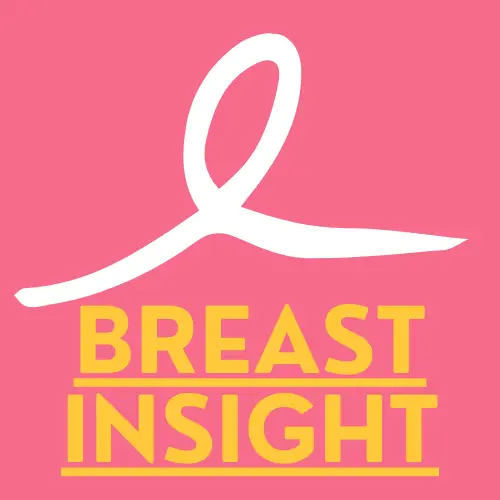
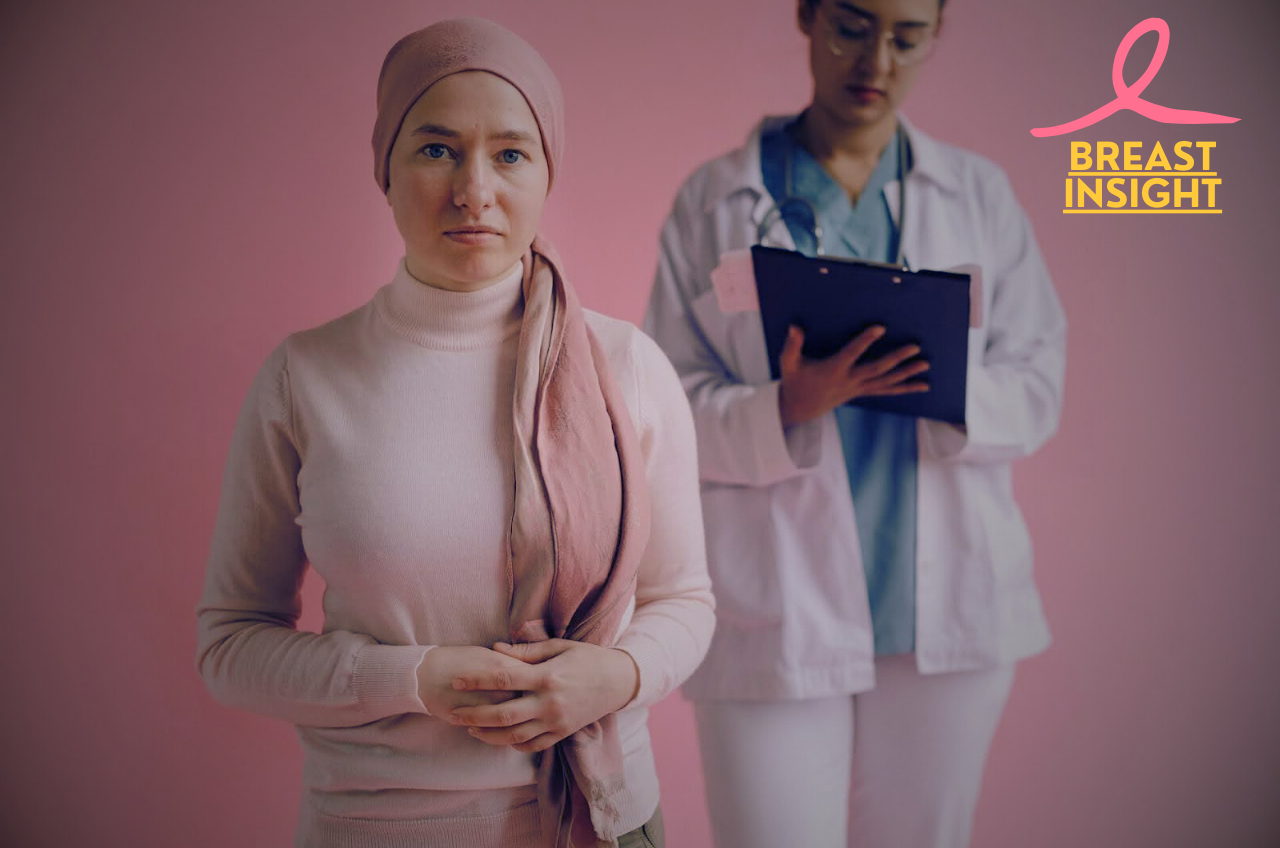
You can definitely see your expertise in the work you write. The world hopes for even more passionate writers like you who aren’t afraid to say how they believe. Always follow your heart.